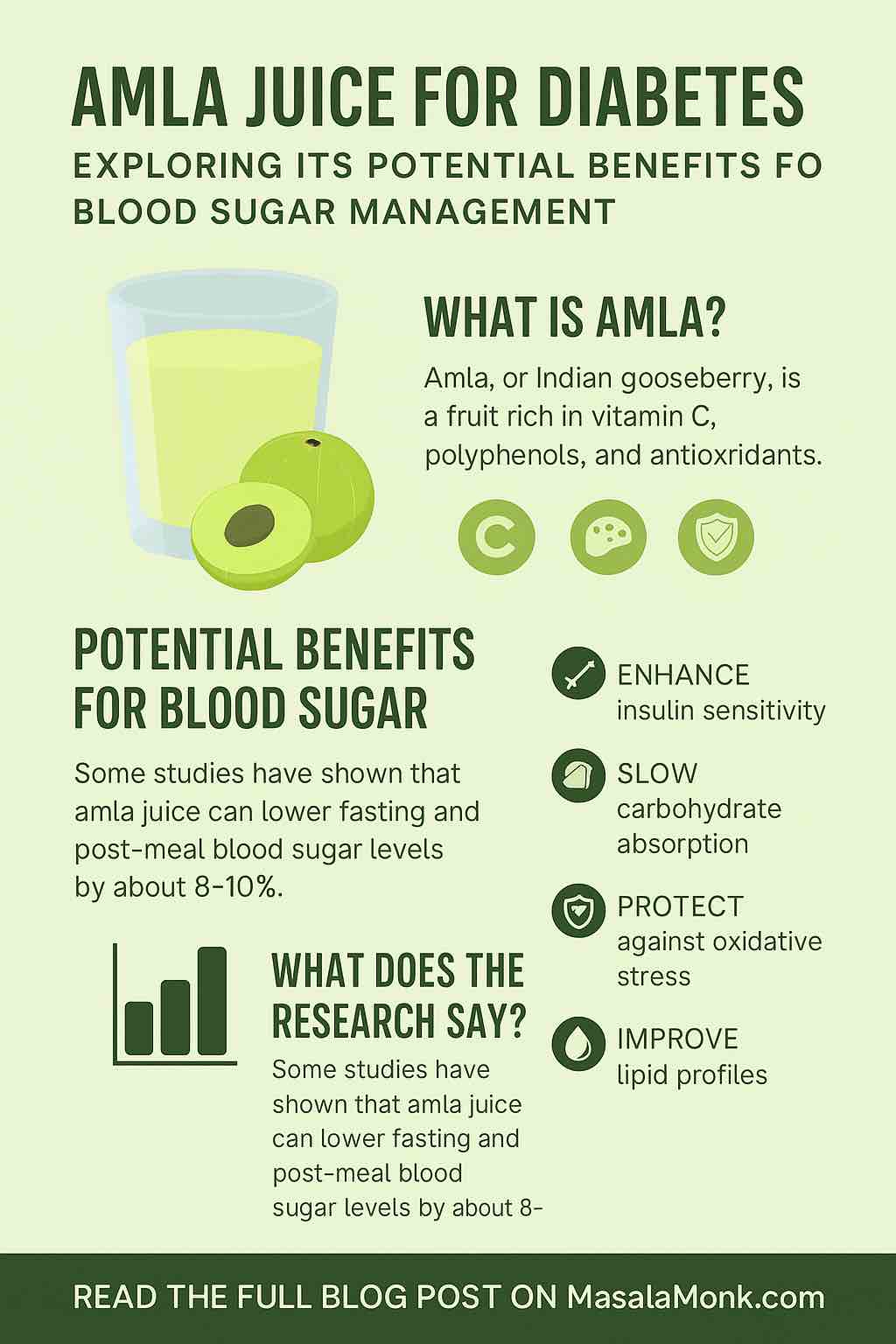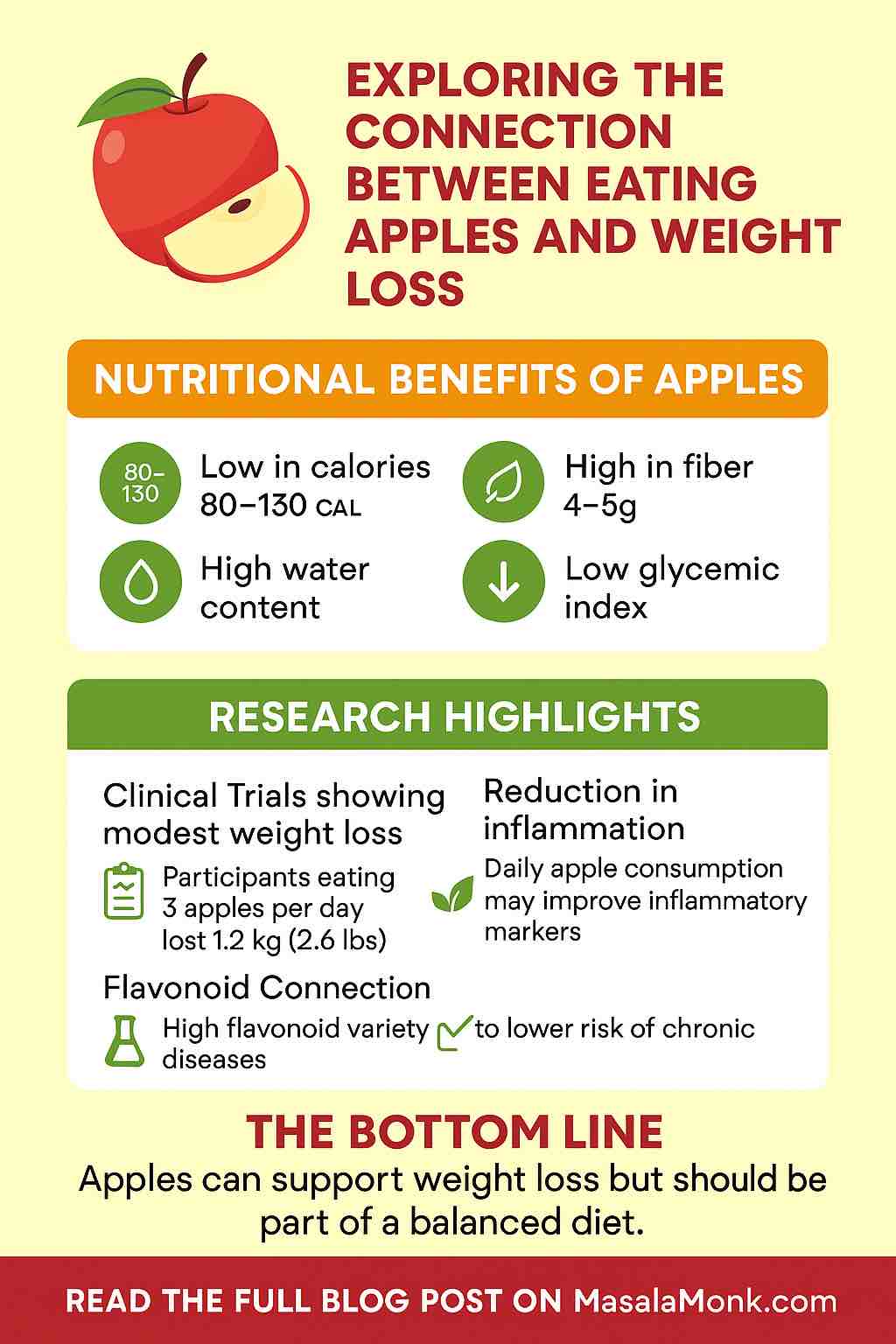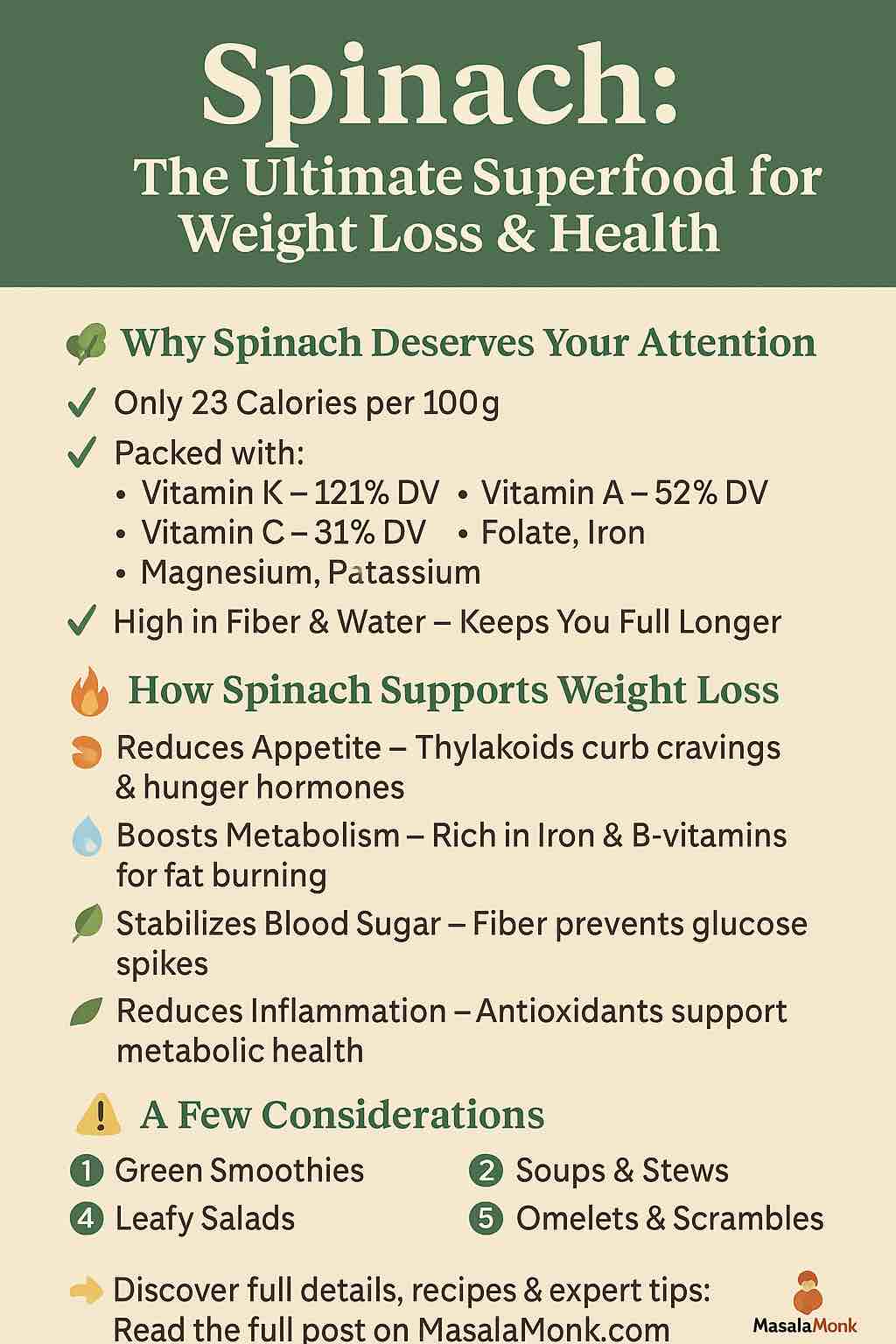
Introduction: The Diabetes Epidemic and Natural Interventions
Diabetes is no longer a condition limited to the elderly or genetically predisposed; it’s a global epidemic affecting millions worldwide across age groups. According to the International Diabetes Federation, over 537 million adults worldwide are living with diabetes, and this number is growing rapidly. Managing blood sugar levels effectively has become a daily challenge for many — and while medications are essential for many patients, growing interest surrounds natural dietary interventions that may offer complementary benefits.
One such promising natural remedy is Amla (Emblica officinalis), also known as Indian gooseberry. Long revered in Ayurveda as a powerful rejuvenating fruit, recent scientific research suggests that amla might play a meaningful role in blood sugar management.
In this comprehensive article, we’ll explore:
- The science behind amla’s potential anti-diabetic properties
- Practical recommendations for consuming amla juice
- Dosages, safety considerations, and real-world tips
- The latest human studies validating amla’s potential
What is Amla?
Amla (Emblica officinalis), a small, greenish-yellow fruit, has been a cornerstone of Indian traditional medicine for thousands of years. It is rich in:
- Vitamin C (among the highest natural sources)
- Polyphenols (gallic acid, ellagic acid, emblicanin A and B)
- Tannins
- Chromium
- Fiber and antioxidants
Amla is traditionally used for enhancing immunity, improving digestion, balancing metabolism, and promoting longevity. But it’s the emerging research on its blood sugar regulating properties that has made it particularly intriguing in the modern diabetes context.
How Amla May Help with Diabetes: The Science Explained
Several biological mechanisms may explain how amla can help manage blood sugar levels:
1️⃣ Enhancing Insulin Sensitivity
- Studies suggest that amla can improve insulin sensitivity by protecting pancreatic beta-cells, enhancing insulin secretion, and supporting glucose uptake by tissues.
- The chromium present in amla may also enhance insulin’s action at the cellular level.
2️⃣ Slowing Carbohydrate Absorption
- Amla is rich in soluble fiber, which can slow down the absorption of sugar from the intestines into the bloodstream, thereby preventing sharp spikes in post-meal blood sugar.
3️⃣ Antioxidant Protection
- Hyperglycemia leads to oxidative stress, damaging cells and organs. Amla’s high antioxidant content — especially emblicanins, gallic acid, and ellagic acid — helps neutralize free radicals and reduce systemic inflammation.
4️⃣ Anti-inflammatory Benefits
- Chronic inflammation worsens insulin resistance. Amla has been shown to have potent anti-inflammatory effects, which may indirectly support improved glucose metabolism.
5️⃣ Lipid Regulation
- Amla may also address one of diabetes’ common complications: dyslipidemia (high cholesterol and triglycerides). Studies show significant improvements in lipid profiles, reducing cardiovascular risks often associated with diabetes.
What Does the Research Say? (Scientific Evidence)
Let’s review some of the most significant studies that back up amla’s anti-diabetic claims:
✅ 1. 2011 Clinical Study (Amla Powder vs Diabetes)
- In a landmark 21-day study, patients with type 2 diabetes received 1g, 2g, and 3g amla powder daily.
- All doses led to significant reductions in fasting and postprandial blood glucose levels, as well as improvements in lipid profiles (lower cholesterol, triglycerides, and LDL; higher HDL).
- The glucose-lowering effect was dose-dependent, with 3g showing the most profound impact.
✅ 2. Amla Extract vs Metformin (2020 Study)
- A 90-day study compared amla extract (1g & 2g daily) with metformin (500mg daily) in diabetic patients.
- Both groups showed significant reductions in fasting blood sugar, postprandial sugar, and HbA1c.
- Notably, the 2g amla group performed comparably — and even better — than metformin for some markers.
✅ 3. Amla Juice (Fresh Juice Studies)
- Several smaller studies have demonstrated that drinking 30–50 ml of fresh amla juice daily significantly reduced post-meal blood sugar levels by about 8–10% after 2–3 months.
- The effects were even more pronounced when combined with dietary fiber-rich juices (e.g., okra juice).
✅ 4. Amla + Olive Extract Combination
- A large real-world Belgian study used 1g amla fruit with 50mg olive leaf extract daily in prediabetics and T2DM patients.
- After 2 months, fasting glucose decreased significantly while also improving cholesterol without side effects.
How to Incorporate Amla Juice for Diabetes Management
While research supports multiple forms of amla (powder, capsules, extract), amla juice remains one of the most popular and practical options for daily use.
✅ Recommended Dosage
| Form | Daily Dose | Notes |
|---|---|---|
| Fresh Amla Juice | 30–50 ml | Best taken on empty stomach |
| Powdered Amla | 1–3 grams | Mix with warm water or honey |
| Standardized Extract | 500 mg – 2 grams | Consult healthcare provider for higher doses |
Pro Tip: If you’re just starting out, begin with 30 ml juice daily and gradually increase based on tolerance and response.
✅ When to Take It
- Morning empty stomach is ideal.
- Avoid consuming close to high-carb meals to allow for better metabolic response.
- Stay consistent for at least 8-12 weeks to observe measurable benefits.
✅ Choosing High-Quality Amla Juice
- Ensure it’s 100% pure amla juice without added sugar or preservatives.
- Organic and cold-pressed options retain more bioactive compounds.
- Avoid diluted supermarket versions with minimal amla content.
Potential Side Effects and Safety Precautions
While amla is generally very safe, it’s important to be aware of a few considerations:
| Possible Issue | Notes |
|---|---|
| Hypoglycemia | May enhance effect of diabetes medications. Monitor blood sugar closely. |
| GI Upset | High doses may cause acidity, diarrhea, or mild stomach discomfort. |
| Bleeding Risk | Amla has mild blood-thinning properties; caution if on anticoagulants. |
| Allergic Reactions | Rare but possible itching, swelling, or rashes in sensitive individuals. |
👉 Always consult your doctor before introducing amla into your diabetes care routine, especially if you’re on medications or have other chronic conditions.
Real-World Testimonials
Many people with type 2 diabetes who integrate amla juice into their diet report:
- Lower fasting and post-meal blood sugar levels
- Reduced sugar cravings
- Improved energy and digestion
- Better lipid profiles after 3–6 months
While individual results vary, many find that amla serves as a powerful adjunct — not a replacement — to their existing treatment plan.
Can Amla Replace Medication?
👉 The short answer is: No, not entirely — at least not without careful medical supervision.
While studies have shown amla’s potential to rival medications like metformin at certain doses, it’s not a stand-alone replacement. Rather, think of amla as a supportive tool that can:
- Help stabilize daily glucose swings
- Potentially allow for lower medication dosages
- Protect against long-term diabetes complications
With proper monitoring and professional guidance, amla may become a valuable part of a broader, holistic diabetes management strategy.
Final Thoughts: Is Amla Juice Worth Trying for Diabetes?
✅ Backed by both ancient wisdom and modern science, amla juice shows real promise for blood sugar regulation.
✅ It’s safe for most people, affordable, and easy to incorporate into daily routines.
✅ While not a miracle cure, consistent, mindful use may help improve glucose control, lipid profiles, and overall metabolic health.
In the battle against diabetes, nature often provides remarkable allies — and amla might be one of the most overlooked. If you’re looking for a natural adjunct to support your diabetes management, amla juice may be worth a closer look — always with your healthcare provider’s supervision.
References (Key Studies)
- Akhtar MS et al., (2011). “Hypoglycaemic activity of Emblica officinalis fruit in normal and diabetic human volunteers.” Pakistan Journal of Pharmaceutical Sciences.
- Antony B et al., (2020). “Efficacy of Amla Extract Compared to Metformin in Type 2 Diabetes Mellitus.” Journal of Dietary Supplements.
- De Smet J et al., (2023). “Effect of Amla and Olive Extract on Fasting Glucose and Lipids: Real-World Evidence.” Journal of Integrative Medicine.
- Indian Journal of Clinical Biochemistry (2011), 26(4): 419-425.
🔎 10 Frequently Asked Questions (FAQs) About Amla Juice for Diabetes
1️⃣ Can amla juice really lower blood sugar?
Yes, several human studies show that amla juice, powder, and extract can lower both fasting and post-meal blood sugar levels. In some trials, regular consumption led to reductions of 8-10% in blood glucose levels, and in some cases, performed comparably to standard medications like metformin. However, it should be used as a complementary strategy, not as a sole treatment.
2️⃣ How much amla juice should I take daily for diabetes?
A common recommended starting dose is 30–50 ml of fresh amla juice per day, preferably on an empty stomach in the morning. You can adjust the dosage under medical supervision depending on your body’s response.
3️⃣ Is amla juice better than amla powder or extract for diabetes?
Both forms have benefits:
- Powder and standardized extracts have more consistent dosing and higher concentration of active compounds.
- Juice provides antioxidants and fiber but can vary in potency.
Many clinical studies used powder or extracts, but fresh juice is practical and effective for daily use.
4️⃣ How soon will I see results after starting amla juice?
Some people notice improvements in blood sugar within 3–4 weeks, while full benefits on blood sugar, lipids, and energy levels may take 8–12 weeks. Consistency is key.
5️⃣ Can I take amla juice while on diabetes medication?
Yes, but with caution. Amla may enhance the effects of diabetes drugs, which could lead to hypoglycemia. Always consult your doctor, monitor your blood sugar regularly, and adjust medications as needed.
6️⃣ Does amla juice have any side effects?
For most people, amla is very safe. However, high doses may cause:
- Mild stomach upset or acidity
- Diarrhea
- Rare allergic reactions
- Increased bleeding risk if combined with anticoagulant medication
7️⃣ Can prediabetics benefit from taking amla juice?
Absolutely. Studies show amla can help improve insulin sensitivity, reduce post-meal glucose spikes, and improve lipid profiles — all beneficial for prediabetes management and prevention of progression to full diabetes.
8️⃣ Should I take amla juice with food or on an empty stomach?
Taking amla juice on an empty stomach in the morning allows for better absorption and effectiveness. Avoid taking it with heavy meals or sugary foods.
9️⃣ Can I make amla juice at home?
Yes. You can blend fresh amla fruits with a little water, strain, and consume 30-50 ml daily. Freshly prepared juice retains more nutrients. You may add a few drops of lemon or a pinch of turmeric for taste and additional benefits.
🔟 Is store-bought amla juice effective?
It depends. Look for:
- 100% pure amla juice
- No added sugar or preservatives
- Organic, cold-pressed if possible
Avoid diluted or flavored commercial products with minimal amla content.













